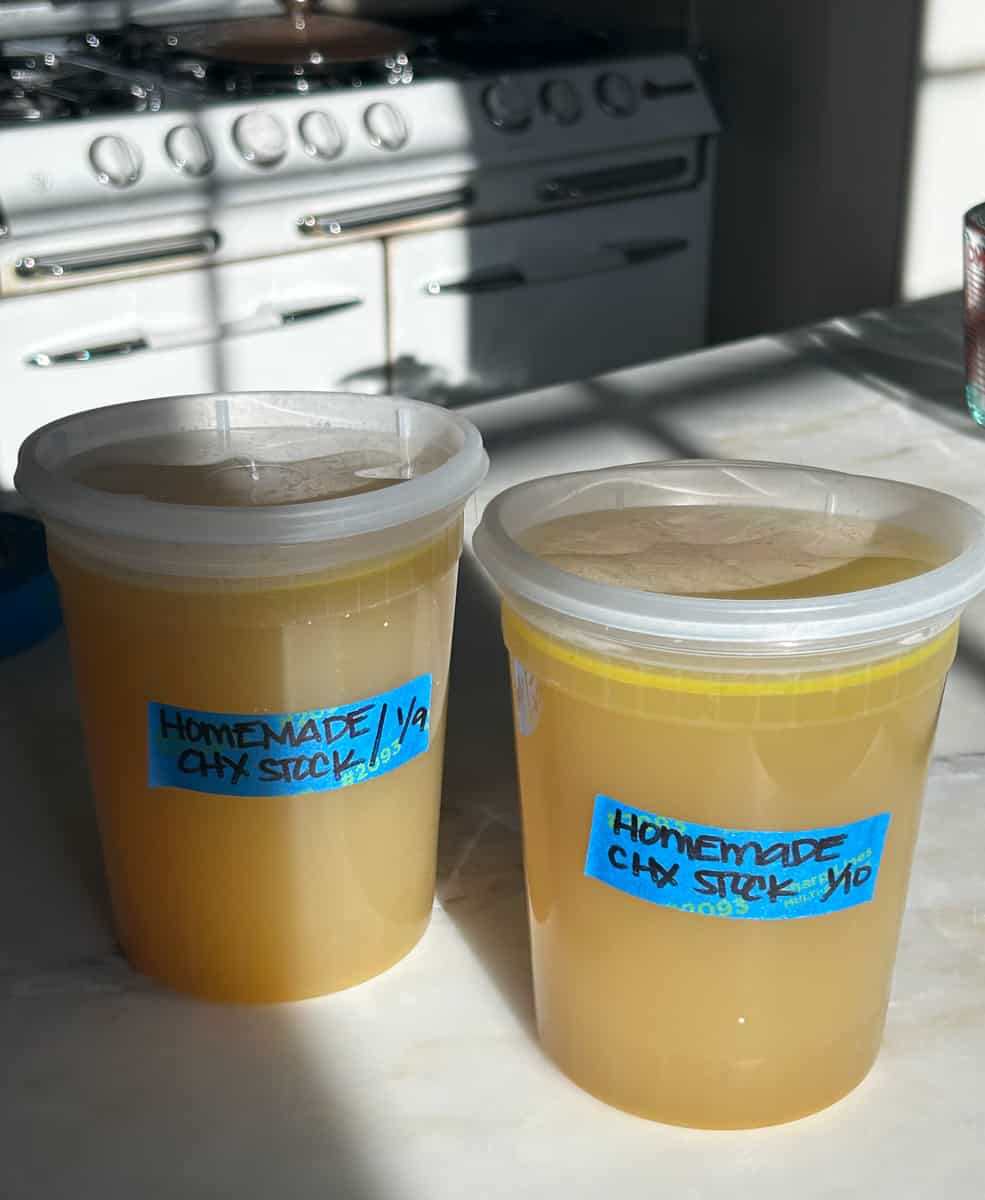Elanat Products License Change from GPLv3 to MIT
In a significant move, Elanat has changed the licensing of all of its products from the GNU General Public License version 3 (GPLv3) to the MIT License. This change demonstrates Elanat's respect and commitment to the wishes of its users. Starting February 7, 2025, Elanat products, including the CodeBehind framework, Elanat CMS, Elanat open source plugins, and WebForms Core technology (including WebForms classes on the server and the WebFormsJS library on the client), will be covered by the MIT license. List of Elanat product repository on GitHub: CodeBehind framework: CodeBehind is a modern back-end framework under ASP.NET Core. CodeBehind was developed by Elanat in 2023 and competes with Microsoft's default web frameworks (ASP.NET Core MVC and Razor Pages and Blazor). CodeBehind is an engineering masterpiece that simultaneously provides the possibility of development based on MVC, Model-View, Controller-View, only View and Web-Forms. The type of structure and naming in CodeBehind is a nostalgia that reminds of former Microsoft Web-Forms. Repository link: https://github.com/elanatframework/Code_behind WebForms Classes: The WebForms classes are on the server, which makes up the server side of the WebForms Core technology. These classes are available in all programming languages so you can use the WebForms Core technology without restrictions. Repository link: https://github.com/elanatframework/Web_forms_classes WebFormsJS: WebFormsJS is the front-end part of the WebForms Core technology that communicates with the WebForms class on the back-end. Repository link: https://github.com/elanatframework/Web_forms Elanat CMS: Elanat CMS is a large content management system based on ASP.NET Core, which was created using the CodeBehind framework. Elanat CMS will soon be rewritten and updated to the latest version of the CodeBehind framework and WebForms Core technology. Repository link: https://github.com/elanatframework/Elanat Elanat Add-Ons: All external add-ons (separate from the core) are Elanat CMS. These add-ons are placed in separate directories in this repository. All add-ons created in the C# programming language are compatible with ASP.NET Core. ASP.NET Core add-ons in this repository are created using the CodeBehind framework. Repository link: https://github.com/elanatframework/Elanat_add-ons Understanding Licenses GPLV3: The GNU General Public License is a COPYLEFT license that allows users to freely use, modify, and distribute software. However, any derivative works must also be distributed under the same license, ensuring that the software remains open source. GPLV3 includes provisions to protect users from software patents and to ensure that users have the freedom to change and share the software. MIT License: The MIT License is a permissive open source license that is simpler and more lenient than the GPL. It allows users to do almost anything with the software, including using, modifying, and distributing it, with very few restrictions. The main requirement is that the original license and copyright notice must be included in all copies of the software, but it does not require derivative works to be open source. Why did we decide to change the license? Wider adoption: The permissive nature of the MIT License is likely to encourage wider use and adoption of Elanat products. Many developers and companies prefer MIT-licensed software because of its flexibility and ease of integration into proprietary projects. Enhanced collaboration: By adopting a more permissive license, Elanat is demonstrating its intention to foster collaboration with other developers and organizations. The MIT License allows for greater freedom in how others use and build on Elanat’s work, potentially leading to greater contributions and innovation. Simplicity and clarity: The MIT License is simple and easy to understand, which can reduce legal complexities for developers and organizations looking to use Elanat products. This clarity can be particularly attractive to startups and smaller companies that may not have extensive legal resources. Alignment with industry trends: The open source community has seen a growing trend toward permissive licenses in recent years. By moving to the MIT License, Elanat aligns itself with this trend and makes it more compatible with other popular open source projects and libraries. For existing users of Elanat products, the move to the MIT License means that they can now use the software in a wider range of applications without the restrictions imposed by the GPLV3. They have the freedom to incorporate Elanat products into proprietary software, which can lead to new business opportunities and innovations. For new users, the MIT License lowers the barrier to entry and makes it easier to get started and contribute to Elanat projects. Developers can now leverage Elanat tools in their projects without worrying about the obligations that com

In a significant move, Elanat has changed the licensing of all of its products from the GNU General Public License version 3 (GPLv3) to the MIT License. This change demonstrates Elanat's respect and commitment to the wishes of its users.
Starting February 7, 2025, Elanat products, including the CodeBehind framework, Elanat CMS, Elanat open source plugins, and WebForms Core technology (including WebForms classes on the server and the WebFormsJS library on the client), will be covered by the MIT license.
List of Elanat product repository on GitHub:
- CodeBehind framework: CodeBehind is a modern back-end framework under ASP.NET Core. CodeBehind was developed by Elanat in 2023 and competes with Microsoft's default web frameworks (ASP.NET Core MVC and Razor Pages and Blazor). CodeBehind is an engineering masterpiece that simultaneously provides the possibility of development based on MVC, Model-View, Controller-View, only View and Web-Forms. The type of structure and naming in CodeBehind is a nostalgia that reminds of former Microsoft Web-Forms.
Repository link: https://github.com/elanatframework/Code_behind
- WebForms Classes: The WebForms classes are on the server, which makes up the server side of the WebForms Core technology. These classes are available in all programming languages so you can use the WebForms Core technology without restrictions.
Repository link: https://github.com/elanatframework/Web_forms_classes
- WebFormsJS: WebFormsJS is the front-end part of the WebForms Core technology that communicates with the WebForms class on the back-end.
Repository link: https://github.com/elanatframework/Web_forms
- Elanat CMS: Elanat CMS is a large content management system based on ASP.NET Core, which was created using the CodeBehind framework. Elanat CMS will soon be rewritten and updated to the latest version of the CodeBehind framework and WebForms Core technology.
Repository link: https://github.com/elanatframework/Elanat
- Elanat Add-Ons: All external add-ons (separate from the core) are Elanat CMS. These add-ons are placed in separate directories in this repository. All add-ons created in the C# programming language are compatible with ASP.NET Core. ASP.NET Core add-ons in this repository are created using the CodeBehind framework.
Repository link: https://github.com/elanatframework/Elanat_add-ons
Understanding Licenses
GPLV3: The GNU General Public License is a COPYLEFT license that allows users to freely use, modify, and distribute software. However, any derivative works must also be distributed under the same license, ensuring that the software remains open source. GPLV3 includes provisions to protect users from software patents and to ensure that users have the freedom to change and share the software.
MIT License: The MIT License is a permissive open source license that is simpler and more lenient than the GPL. It allows users to do almost anything with the software, including using, modifying, and distributing it, with very few restrictions. The main requirement is that the original license and copyright notice must be included in all copies of the software, but it does not require derivative works to be open source.
Why did we decide to change the license?
- Wider adoption: The permissive nature of the MIT License is likely to encourage wider use and adoption of Elanat products. Many developers and companies prefer MIT-licensed software because of its flexibility and ease of integration into proprietary projects.
- Enhanced collaboration: By adopting a more permissive license, Elanat is demonstrating its intention to foster collaboration with other developers and organizations. The MIT License allows for greater freedom in how others use and build on Elanat’s work, potentially leading to greater contributions and innovation.
- Simplicity and clarity: The MIT License is simple and easy to understand, which can reduce legal complexities for developers and organizations looking to use Elanat products. This clarity can be particularly attractive to startups and smaller companies that may not have extensive legal resources.
- Alignment with industry trends: The open source community has seen a growing trend toward permissive licenses in recent years. By moving to the MIT License, Elanat aligns itself with this trend and makes it more compatible with other popular open source projects and libraries.
For existing users of Elanat products, the move to the MIT License means that they can now use the software in a wider range of applications without the restrictions imposed by the GPLV3. They have the freedom to incorporate Elanat products into proprietary software, which can lead to new business opportunities and innovations.
For new users, the MIT License lowers the barrier to entry and makes it easier to get started and contribute to Elanat projects. Developers can now leverage Elanat tools in their projects without worrying about the obligations that come with COPYLEFT licenses.
Elanat’s move from the GPLV3 to the MIT License represents a significant milestone and reflects a broader trend in the open source community toward permissive licenses. This change is intended to foster collaboration, broaden adoption, and simplify the legal landscape for users and developers alike. As Elanat continues to innovate and develop its products, this new licensing approach will likely play a significant role in shaping its future and its impact on the tech community. Whether you are a long-time user or just discovering Elanat products, this change opens up exciting possibilities for creativity and collaboration in the software development space.







































































